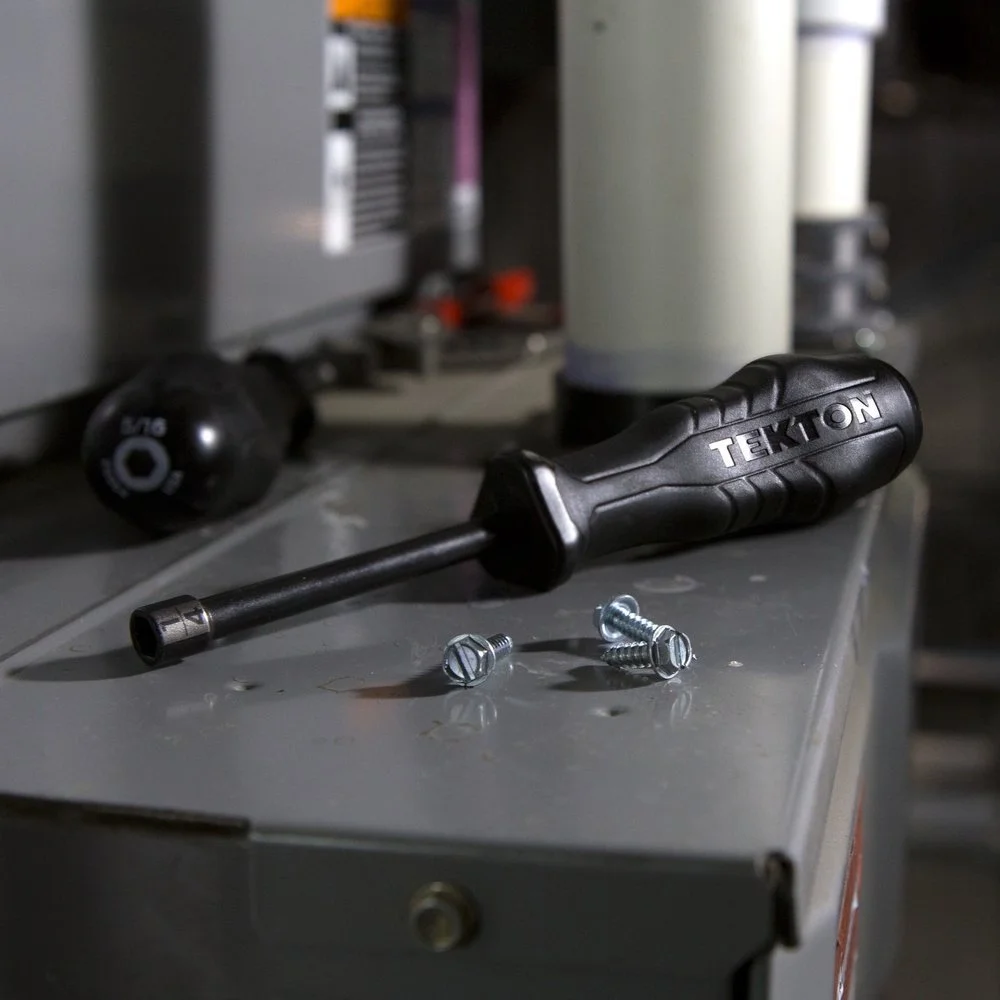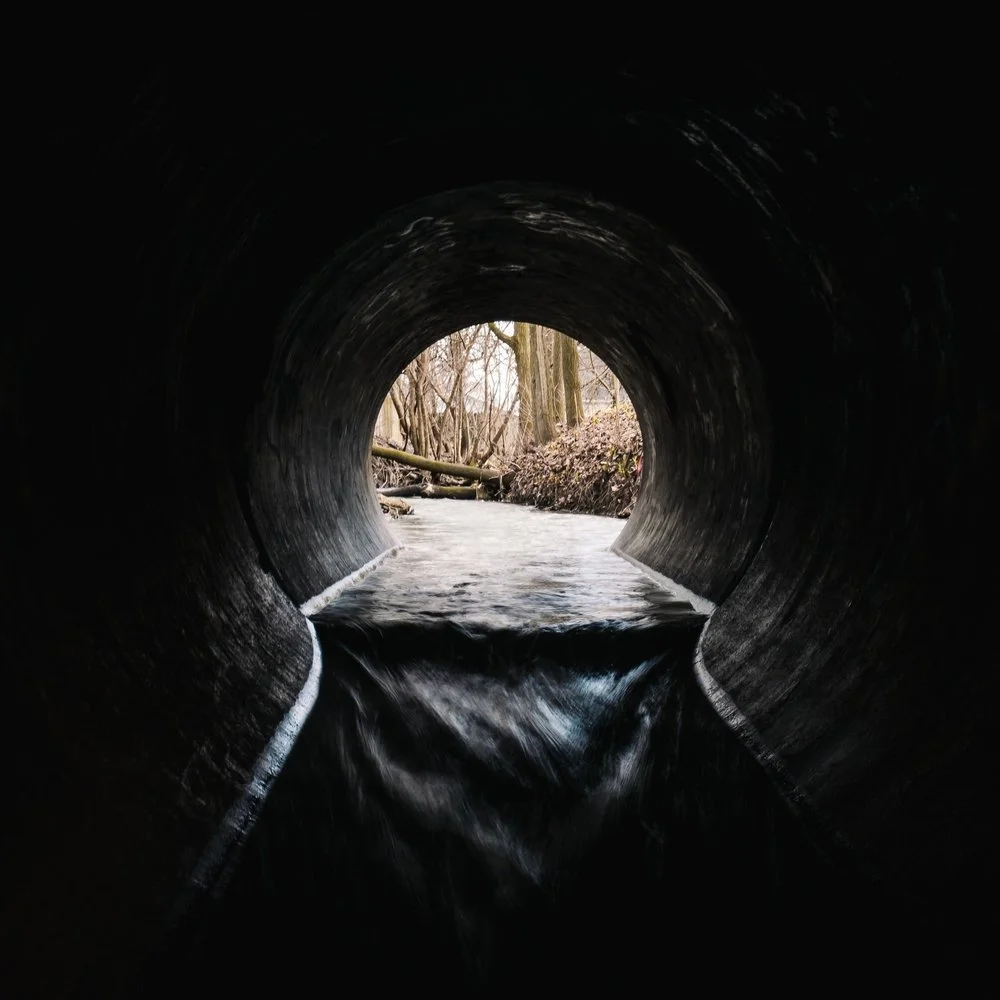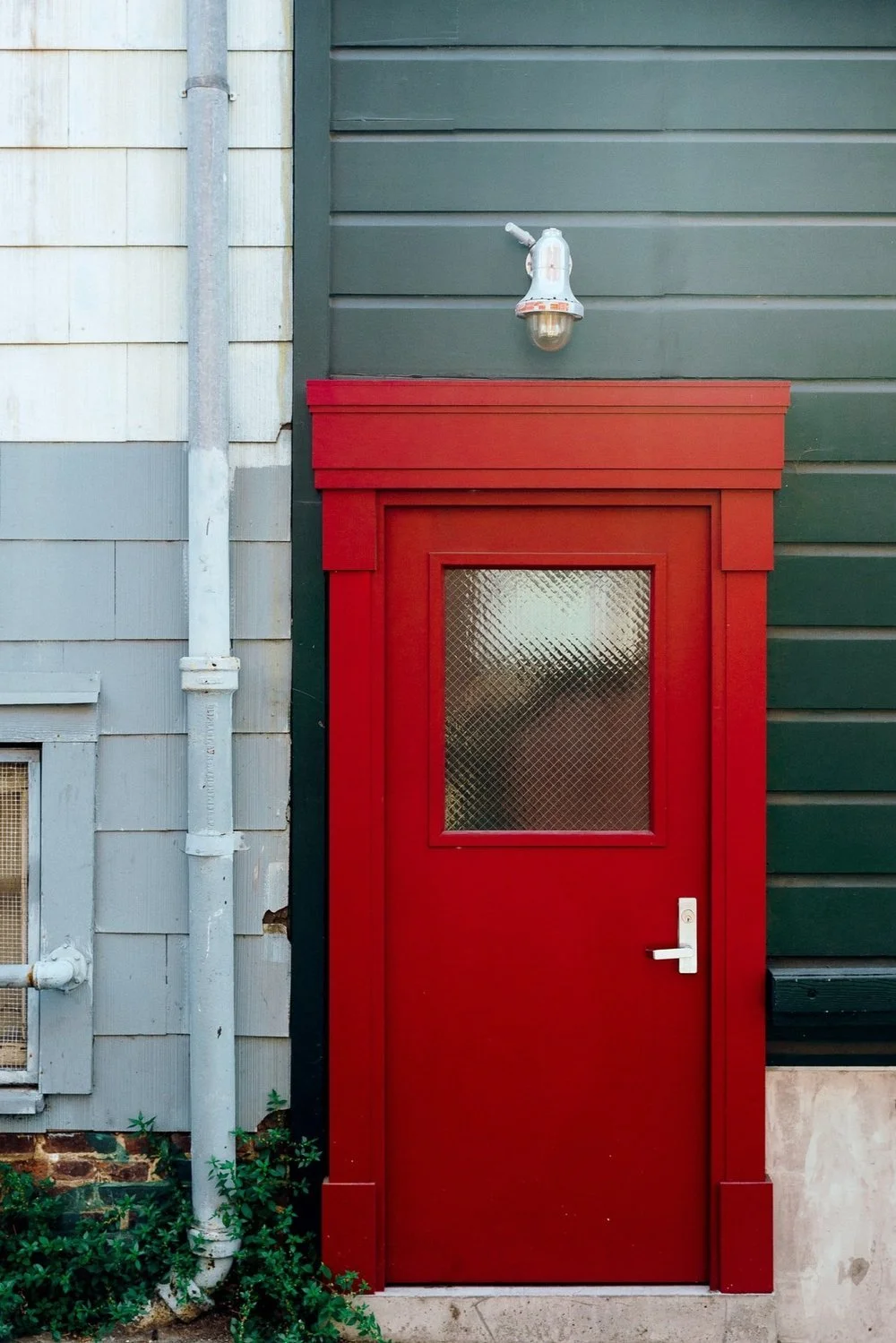Home Inspection Overview
Having a professional home inspection is crucial. It helps confirm you’re moving forward with the home you expect. Sometimes an owner has been using the house for decades a certain way but the new buyer may use a house different than the previous owners (e.g. more showers, more electrical outlets used, etc). So just taking the sellers word on what’s working won’t cut it. There also might be hazards that just haven’t shown themselves yet, like tree roots in a sewer line that still “works” because there hasn’t been a back-up…. yet. A home inspector is also only used for a general inspection and additional specialty inspections are called in for certain components. Some additional inspections are actually just contractors giving their opinion and cost on how to remedy a problem found by the home inspector. Others may be specialized inspections, like a level 2 chimney inspection, sewer scope, or radon test.
A PROFESSIONAL HOME INSPECTOR IS...
Accredited by a national organization (there is no licensing in MN). Read More
A general overview of all components. You might have a family or friend that is a contractor and could provide value in a particular field but a home inspector looks at every system in the house and see houses of varying quality and age — they know what to look for and where. Even a new home builder might not have any idea how an old house works.
Not a code inspector. Although they have a good idea of what the code is for certain components, they generally look at the house beyond what the code requires. Each city has different codes too— for instance, Saint Paul only wants one hard wired smoke detector whereas Minneapolis doesn’t care if they’re not hardwired (for existing detectors).
$300-400 for a single-family home under 2,500 square feet. This will include a 2 hour inspection on their own and then a 1+ hour walkthrough with the homebuyer to educate them on what they found. This will include hazards that need immediate attention as well as items to keep your eye on or things that could be improved. There is usually room for improvement so even a good quality home can have 30-40 items listed on the inspection report. The inspection report is something you'll be emailed within 24 hours of the inspection that lists all of the deficiencies found with photos and detailed descriptions. Sample Inspection Report.
WHAT ABOUT THE CITY INSPECTION?
An inspection by the city is generally called a Point-of-Sale, Time-of-Sale, or a Truth in Sale of Housing (TISH) inspection. Some cities have an Inflows and Infiltration Inspection (I/I) to confirm downspouts and sump pumps aren’t connected to the residential sewer (e.g. City of Golden Valley) or to ensure the residential sewer pipe is in good condition (e.g. City of West St. Paul).
This is a very top level, general inspection that cities do to ensure a minimum level of health and safety in its homes. It is another document to provide evidence of potential problems and where to look deeper. Some cities do have required repairs that need to be negotiated at time of sale—either ask seller to do it or sometimes buyer can assume the repairs but they need to be done within a short time period after closing and some cities require you escrow funds for the repairs.
Cities that require a Point of Sale inspection
TYPES OF ADDITIONAL INSPECTIONS
Chimney
$200-$300
Preferred Vendor: 2nd Generation Chimney
There are three levels of chimney inspections. Level 1 is visual, level 2 uses a camera to look up the chimney flue, and level 3 would be removing components to investigate more (intrusive testing). Old chimneys were built with clay tile flue liners. These were 2 foot sections that were mortared together. Those tiles tend to crack over time, or with an event of extremely high heat, and the mortar joints tend to erode. This deterioration could causes carbon monoxide to enter the house or expose wood components of the house and potentially cause a fire. Read More
Typically can schedule within a few days and buyer does not need to be there.
Certified HVAC Inspection
$120-$200
Preferred Vendor: ??
A home inspector will tell you if he or she sees signs of the furnace not operating properly, like orange flames instead of blue (shows it’s dirty), visible signs of rust (condensation leakage), or odd sounds (bad blower motor). A licensed HVAC technician would then be suggested to investigate the problem further. There is no consistency for what a furnace certification covers but it's someone getting their eyes on it. A/C conditioners can only be tested when outdoor air temperature averages above 60 degrees. Read More
Typically can schedule within a few days and buyer does not need to be there.
Sewer Scope
$180-$200
Preferred Vendors: Drain Busters and Marvel Sewer & Drain
A drain tech snakes a camera down the sewer line to look for cracks, offsets, roots, or collapse clay pipe. This is the pipe that connects the city sewer to a home's main vertical plumbing stack (aka main plumbing pipe). Pipes are made of PVC, cast iron, clay tile, or Orangeburge. Watch Video
Typically can schedule within a few days and buyer does not need to be there. Tech will send the video to buyer generally within 24 hours.
Radon Test
$125-$175
Preferred Vendor: Peace of Mind Home Inspections
Radon is a colorless and odorless gas that comes from the soil. Radon gas decays into fine particles that are radioactive. When inhaled these fine particles can be very dangerous. Radon is a serious health concerns here in MN due to our geology and how our homes are operated. The testing process is 48-hours of continuous monitoring of the radon from the basement or lowest level of the home. The Environmental Protection Agency (EPA) has set the action level at 4 pCi/L. It is highly recommended at 4 pCi/L or higher a radon mitigation system is installed to reduce the radon level which can cost anywhere from $1,500-$2,500. Read More
Check out this interactive map with tested Radon levels in Minnesota.
Typically can schedule within a few days (typically is added on to your general home inspection) and results are shared with the buyer after the 48-hour monitoring is complete.
Lead-based Paint Test
$250-$500
Preferred Vendor: ??
Lead is a highly toxic metal that may cause a range of health problems, especially in young children and was commonly used in building materials prior to 1978. If the home was built pre-1978, assume that it contains lead-based paint. You may hire a certified professional to determine whether your home or a portion of your home has lead-based paint and where it is located. This will tell you the areas in your home where lead-safe work practices should be used for renovation, repair, or painting jobs. They will also tell you whether it currently has any lead hazards from lead in paint, dust, or soil and what actions to take to address any hazards. Read More
Asbestos Test
$250-$600
Preferred Vendor: ??
Asbestos is naturally occurring minerals that are resistant to heat and corrosion. Asbestos has been used in products, such as insulation for pipes, floor tiles, and other building materials and can be very dangerous if inhaled. Hiring a certified professional to inspect and test samples of your home is a good idea if you plan to do some work to the home and potentially hazardous areas. Read More
Common Inspection Problems
Most people don't keep their house at peak performance. We'll put together an offer based on overall quality of the home and what it affords, taking into account upcoming major expenses you may have. Keep reading for some common deficiencies found during home inspections.
Improper flue
An improper firebox to flue ratio or a fireplace that was manufactured incorrectly will lead to fires. The same cement material is used for wood burning fireplaces with gas igniters. If the insert is not installed, it can lead to a chimney fire. Commonly recommended repair is to add the appropriate liner and flue to avoid starting a fire.
Asbestos
Naturally occurring minerals in the ground used in building materials. If the home has asbestos, be sure to hire a certified professional to help with projects/renovations affecting the hazardous areas for proper mitigation and repair. Repairs vary depending on the severity, location, and plans to disrupt the area(s).
Iron piping
A cast-iron pipe is strong and durable and is still used today for parts of water distribution systems. Cast iron pipes are heat-resistant and reduce the sound of moving water. Both cast-iron and galvanized pipes are prone to rust and corrosion over time. Commonly recommended repair is to swap them out for copper or plastic pipes.
Old appliances
Often find old appliances not maintained, clean, and/or working at top efficiency. Repairs vary - sometimes a tune-up service does the trick, other times they may require repairing or replacing entirely.
Clay Tile Piping
Some areas still have clay tile pipes. Too much pressure or shifting of the ground can cause these pipes to break and can cause major plumbing issues. Replacing these pipes completely may be recommended.








